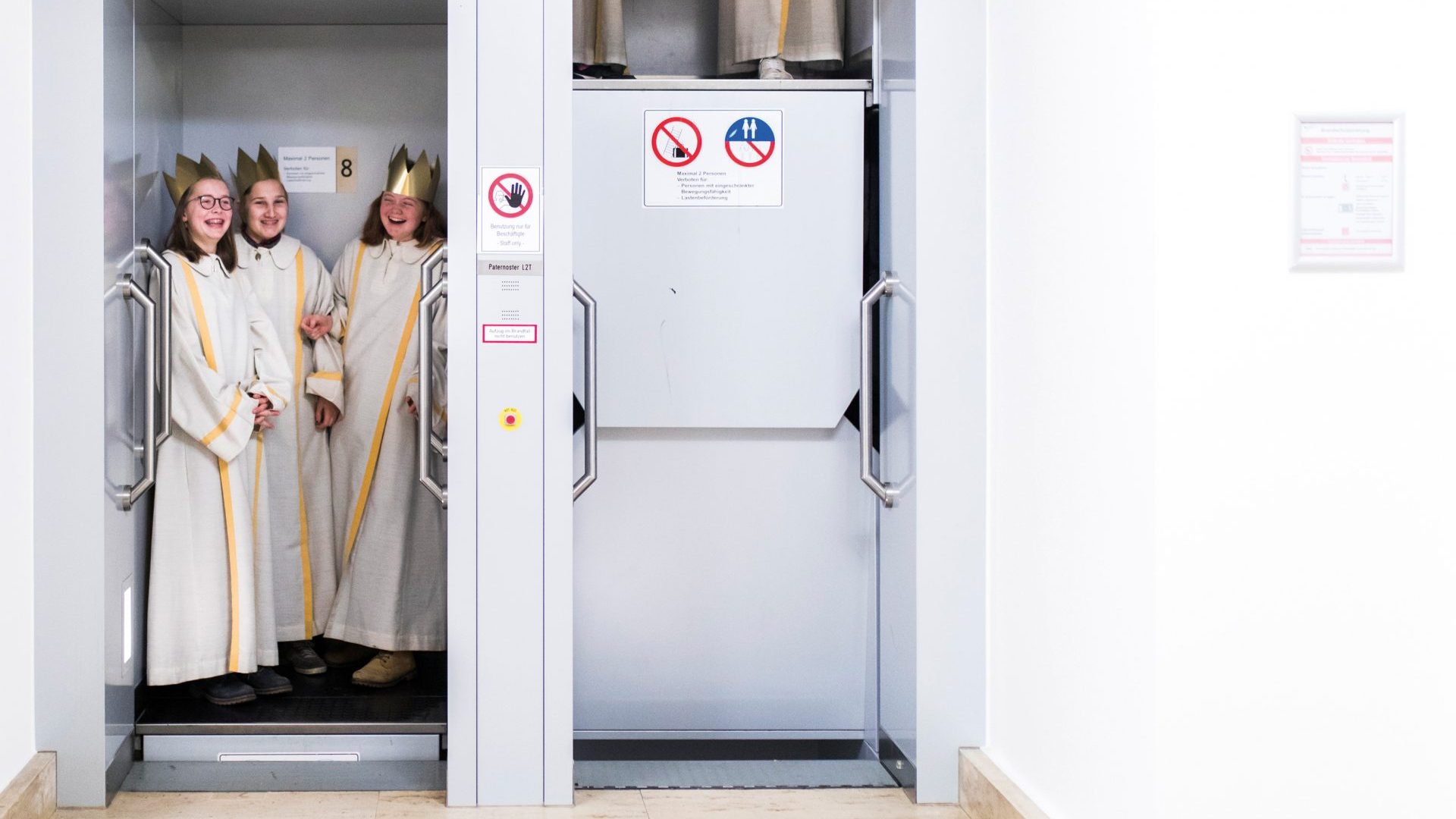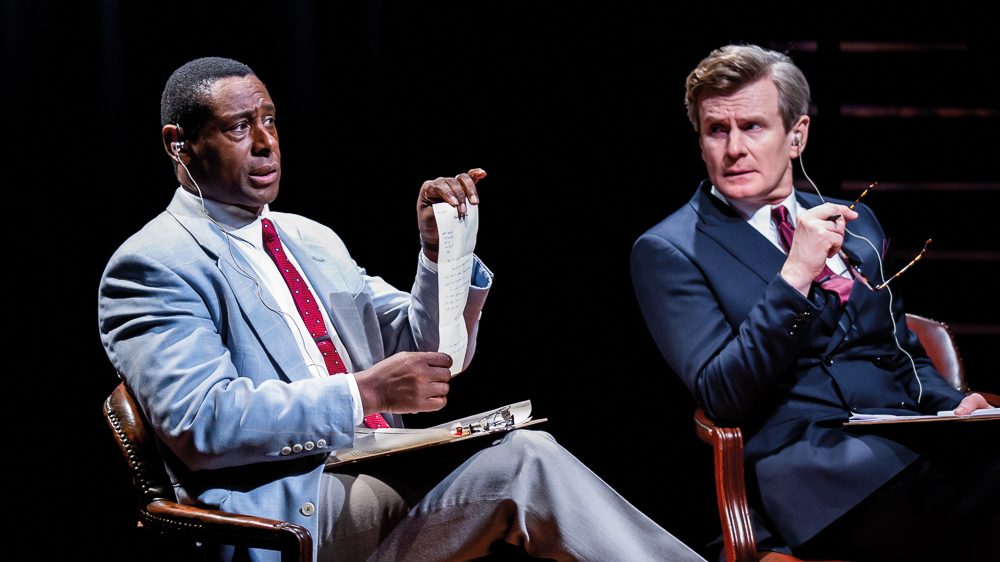In Britain, the excitement of Christmas may already seem a long distant memory, any enthusiasm killed off by the strange boredom of ’Betwixtmas’ and lingering New Year’s Eve hangovers, but in much of Europe festivities begin anew this week.
Epiphany, marking the visit of the three kings to the infant Jesus, is the culmination of the Christmas season in many countries, and in many parts of Europe traditional songs of celebration will continue to be sung – often in the form of traditions of house-to-house ’star singers’ – when the carollers have long since fallen silent here.
The Spanish are particularly good at spinning out the fun for as long as possible. There are parades on noche de Reyes (Epiphany eve), and children get a second batch of presents – the first comes on Christmas Day as the foreign tradition of Santa Claus impinges ever more on the indigenous ones – on the feast of los Reyes Magos (literally The Magician Kings) itself.
Such festivities, of course, have their traditional songs.
When ethnomusicologist Alan Lomax went to Spain in late 1952 to record for Columbia’s World Library Of Folk And Primitive Music, he captured some of the old epiphany songs at a time when Franco’s isolationism meant that outside influences on Spanish Christmas traditions were still minimal. Lomax found a “noble people, ground down by poverty and a police state” but for whom “folklore was not mere fantasy and entertainment”, but “models for that noble behaviour”.
He recorded wherever he found good music and the online Lomax Digital
Archive includes several Spanish Christmas songs or “house visit songs”. A ramshackle snippet of Los reyes magos performed by three Cantabrian singers accompanied only by a tambourine captures the jubilant feel of Epiphany, while another group play the just as ragged but rather more sombre Buenas entradas de Reyes, the accompaniment of the Galician bagpipe adding to its mournful mood.
Far from Spain’s Mediterranean bounty and dusty plains described in Lomax’s account of his trip, in Poland, at that time, Epiphany was, as it had
long been, a major religious holiday. But in 1960 the communist authorities
cancelled it as an official public holiday and it was not restored until 2011. Since then, the traditional parades in celebration of the Trzech Króli (Three Kings) have seen a revival under the auspices of the Fundacja
Orszak Trzech Króli, founded in 2010, and it is not coincidental that this revival has coincided with the Polish culture wars over traditional, religious
and family values.
Traditionally carols (kolędy) are sung in Poland from Christmas Eve dinner
(Wigilia) right up until Candlemass on February 2, pushing the season far further into the New Year than is familiar in the Anglophone world.
The folk tradition of the Gwiazdory – ’star carriers’ – who go from house to house costumed and holding a paper star aloft (the Ethnographic Museum in
Krakow, a city strongly associated with the season by virtue of its decades-old nativity scene competition, has a large collection of such stars) is one
synonymous with carol singing.
Some Polish carols claim hundreds of years of history. Zdrów bądź Królu Anielski is claimed to be the oldest, allegedly first written down by the confessor of the great Queen Jadwiga in the early 15th century. Its emphasis on the Christ child being ’born into suffering’ reflects the uncompromising
religiosity of the time.
The more celebratory W Żłobie Leży (In the Manger He Lies), meanwhile, may have been written by the Jesuit priest and counter-Reformation figure Piotr Skarga.
In Germany, the 1950s saw another revival of tradition. There the star
singer (sternsinger) tradition was also an ancient one, associated with the
Dreikönigsfest (Three Kings Festival), but it was only in 1959 that this became
organised into annual event under the auspices of the Catholic Kindermissionswerk aid organisation based in Aachen, not far from Cologne, where the purported relics of the Three Kings are found.
These days, more than a quarter of a million German children go from
house to house dressed as kings singing and raising money for children’s charity initiatives each year, also chalking ’C + M + B’ (Christus
mansionem benedicat – Christ bless this house – or the initials of the three kings – Caspar, Melchior, Balthasar) above front doors.
This keeps the star singer tradition very much alive in Germany, even if
the once customary blacking-up in imitation of the ’African king’, Balthazar, is now discouraged by the Kindermissionswerk. The songs sung by modern sternsingers range from the folk song from Flanders, Da kommen die könige (Here Come the Kings), to the 19th-century Stille Nacht (Silent Night) and new songs are written each year.
Since Epiphany is immediately followed by the period of carnival, before Ash Wednesday signals the start of the privations of Lent, lingering Epiphany traditions in Europe remind us of an old rhythm of life where there was never a time without a festival – and never a time without music – and how such celebrations can warm us, body and soul, in the coldest months.
FIVE CAROLS TO LIFT THE HEART
Ya vienen los reyes magos
One of the most popular villancicos (secular songs originating in the Middle Ages, but now meaning ’Christmas carol’), this celebratory song anticipates the arrival of the Three Wise Men who leave presents for Spanish children on Epiphany.
Los peces en el río
This traditional carol, much loved in Spain, tells a story of the Virgin Mary washing clothes in a river where the fish ’are so delighted to see the birth of God’.
Zdrów bądź Królu Anielski
Its text documented in Polish 15th-century sources, this carol, of Czech origin, is less celebratory than later carols, instead focusing on Jesus being born to atone for the sins of mankind.
Es ist für uns eine Zeit angekommen
A song sung throughout German-speaking Switzerland, Unto Us A Time Has Come dates back to the 19th century and is strongly associated with star singers. The version most often heard today is a secularised version rewritten by lyricist Paul Hermann for a Nazi song book.
Stille Nacht
Written in 1818 by Austrian Catholic priest Joseph Mohr, this is a hymn sung throughout the Christmas period in German-speaking Europe and in translated versions across the world.
Now listen to the music:




